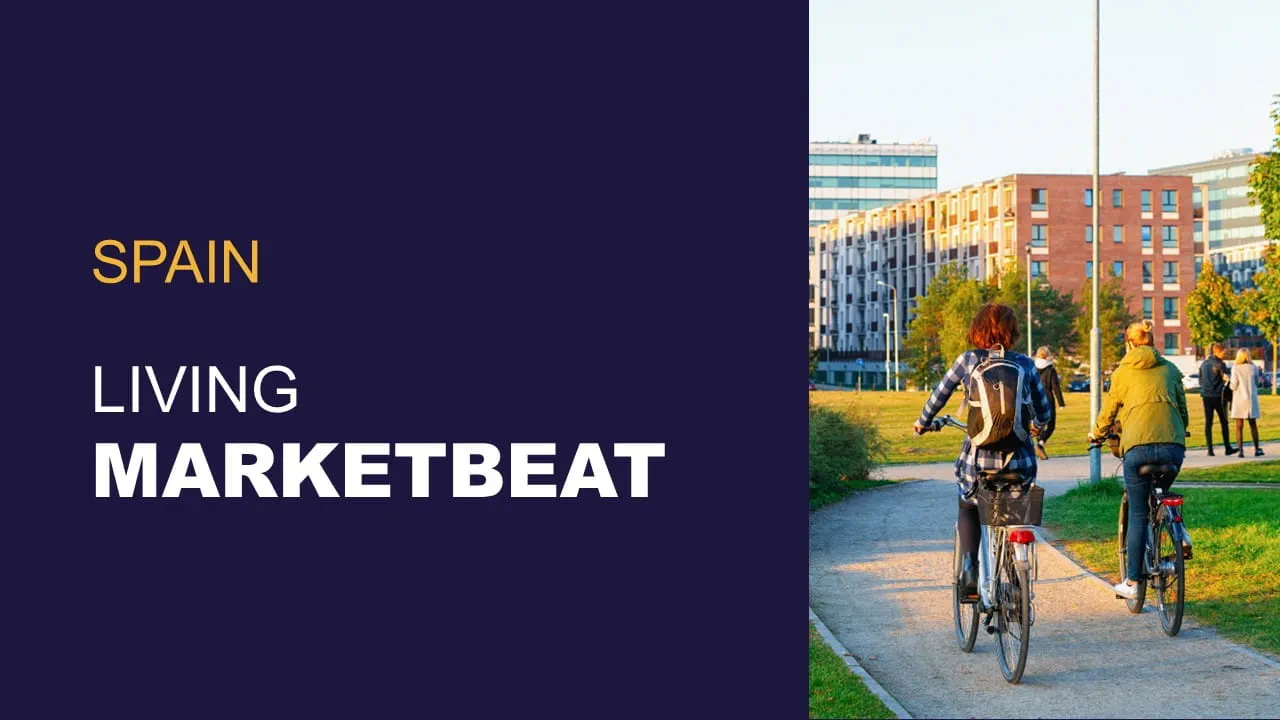MARKET CONTEXT
- The Spanish residential market continues to show solid growth in 2025, supported by a decline in the Euribor rate and a rebound in transaction volumes (+18.8% YoY, with 422,000 deals recorded through July).
- Institutional investment remains a key pillar, consolidating the Living sector as one of Spain’s most resilient asset classes.
- Despite moderate inflation (2.2%), limited affordability and low new housing supply continue to shift demand toward the rental market.
- The regulatory and rent control framework is tightening—especially in Catalonia and Madrid—shaping future development and management strategies. In PBSA, the structural undersupply (7% bed provision) and market fragmentation strengthen the segment’s attractiveness to institutional capital.
- In Nursing Homes, the 65+ population (10.19M in 2025) and a dependency ratio of 29.9% underpin the sector’s long-term growth potential.
OCCUPIERS AND OPERATOR TRENDS
-
PRS / BTR / Flex Living:
- Sustained rental demand, driven by limited homeownership access and ongoing demographic shifts.
- Flex Living leads growth, with over 6,000 units delivered in 2024 and a total stock of 12,000 units projected for 2025.
- BTR maintains a stable pace, with 8,000 new units completed and a national stock of 25,500 units.
- PRS remains steady with around 20,000 units, reflecting the sector’s maturity.
- Strong institutional activity led by Avalon, Vivenio SOCIMI, DWS–Urban Input, Värde & Greystar, and Nuveen, together accounting for roughly 60% of market share.
- Portfolio rotation and pipeline expansion are expected, driven by development and repositioning strategies.
-
PBSA (Purpose-Built Student Accommodation):
- Spain’s bed provision rate (7%) remains well below Germany (16%) and France (12%).
- Rising international student enrolments continue to boost demand, supported by affordability, educational quality, and Spain’s strong academic reputation.
- The market remains highly fragmented, with the top 10 operators controlling less than 45% of total beds, creating room for consolidation.
- The top 5 operators manage approximately 40,000 beds, expanding into secondary cities such as Granada, Valencia, Navarra, and Salamanca.
- Over 20,000 beds are in the development pipeline, including 5,000 currently unassigned to operators.
- New schemes emphasize ESG principles, sustainability, and community-driven design, aligning with Gen Z preferences.
-
NURSING HOMES (Senior Living):
- Population ageing and high life expectancy (84.25 years) continue to reinforce structural demand.
- Spain requires over 100,000 additional beds to align with EU standards.
- The market remains fragmented, with the top 10 operators (DomusVi, Orpea, Vitalia, Amavir, Sanitas, among others) controlling only 25% of total supply.
- Expansion is concentrated in Madrid, Barcelona, and coastal regions, with a growing focus on sustainable designs and single-room formats.
- Rising operational costs, particularly wages, continue to pressure margins, though occupancy rates remain high.
TRANSACTIONS AND YIELDS
-
PRS / BTR / Flex Living:
- Total transaction volume: €656M in Q3 2025 (€481M in BTR, €175M in PRS) plus an additional €219M in Flex Living.
- Key transactions:
- Hines acquired 531 residential units in Cuatro Vientos (Madrid) for €155M.
- Vivenio purchased 200 units in Villaverde from Tectum for €50M.
- Impar Capital repurposed Telefónica assets into 67 mid-stay units (€30M).
- Blue Coast Capital, managed by Bialto, acquired 480 affordable homes in Seville.
- Prime yields: 3.75% in Madrid and 3.95% in Barcelona; 4.15%–4.25% in decentralized areas.
- Public-private partnerships are increasingly viewed as a key mechanism to address housing affordability pressures.
-
PBSA (Student Housing):
- Significant market reactivation with large-scale transactions.
- Major deals include:
- Livensa Living (9,000 beds) acquired by CPPIB from Brookfield for €1.2B.
- Azora purchased a 12-asset EQT portfolio for €450M.
- Morgan Stanley, Invesco, and Ardian/Rockfield executed acquisitions in Barcelona, Marbella, and Terrassa.
- Prime yields compressed to 4.4% in Q3 2025.
- Investor appetite is concentrated in sustainable assets and secondary university cities.
-
NURSING HOMES (Senior Living):
- Consistent investment activity across 2024–2025, featuring key transactions:
- Romano Senior acquired 11 DomusVi assets (€92M).
- Wellder expanded with 832 additional beds.
- Atland Voisin purchased four Korian assets (€25M).
- In 2025, Neural acquired Mentalia (57 centers, 14,000 patients, €100M) and StepStone Group took a majority stake in Vitalia (€900M).
- Prime yields: between 5.40% and 5.50% for new, energy-efficient assets under long-term leases; over 6% for older properties.
- Yield compression is expected in premium schemes, alongside renewed interest in Madrid’s “Plan Velocidad” portfolio.




